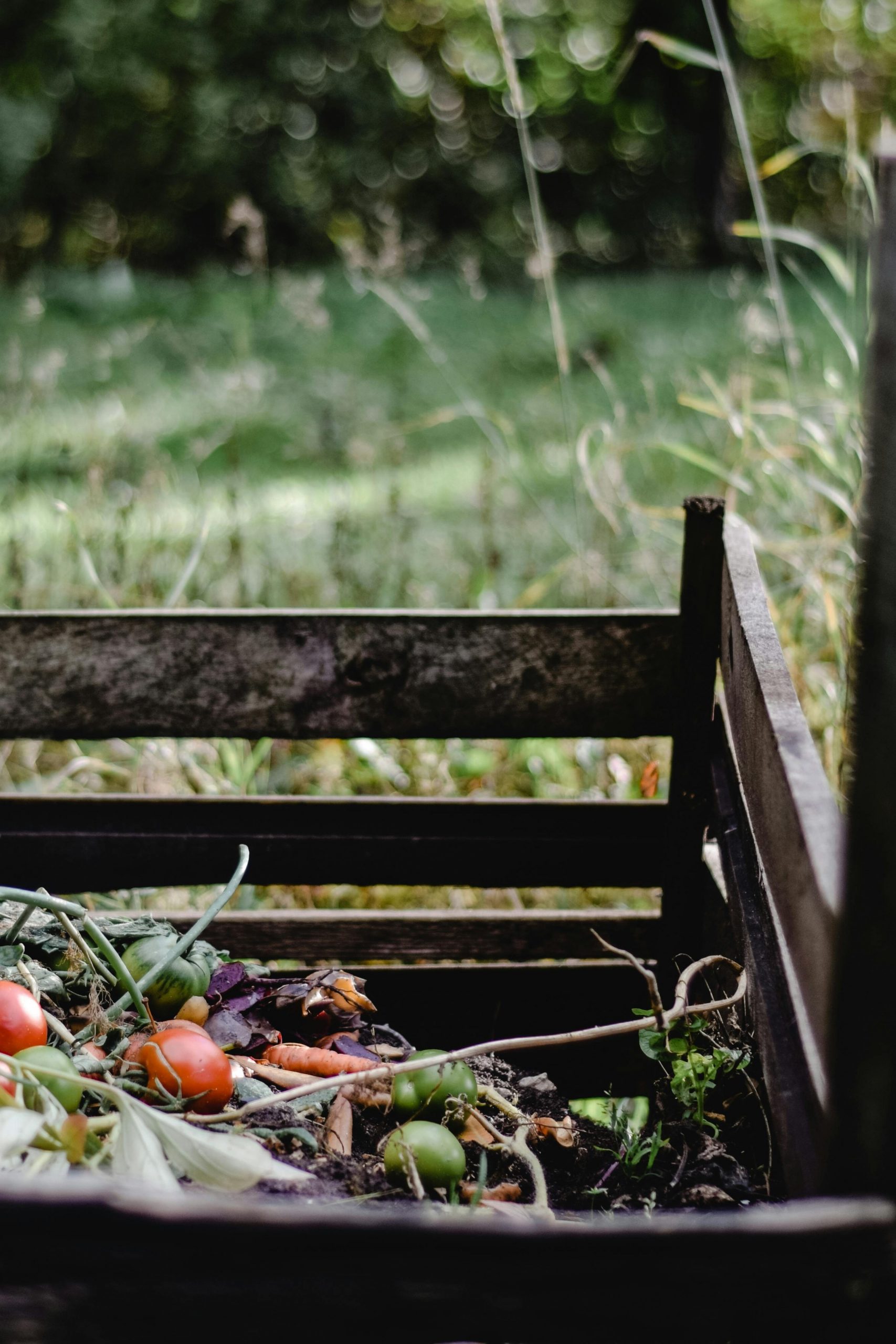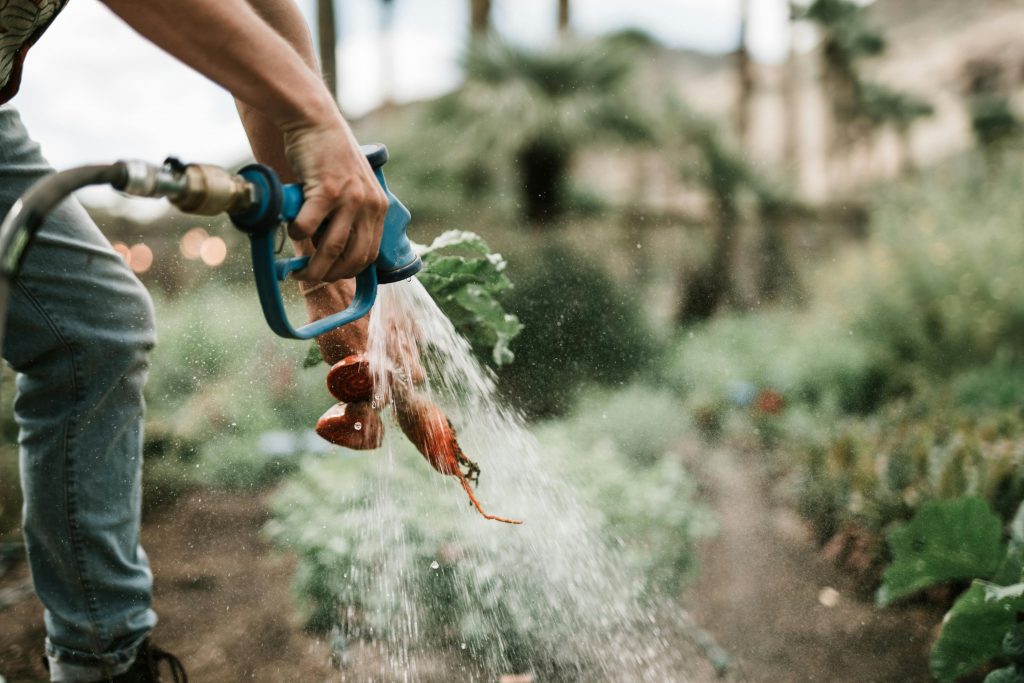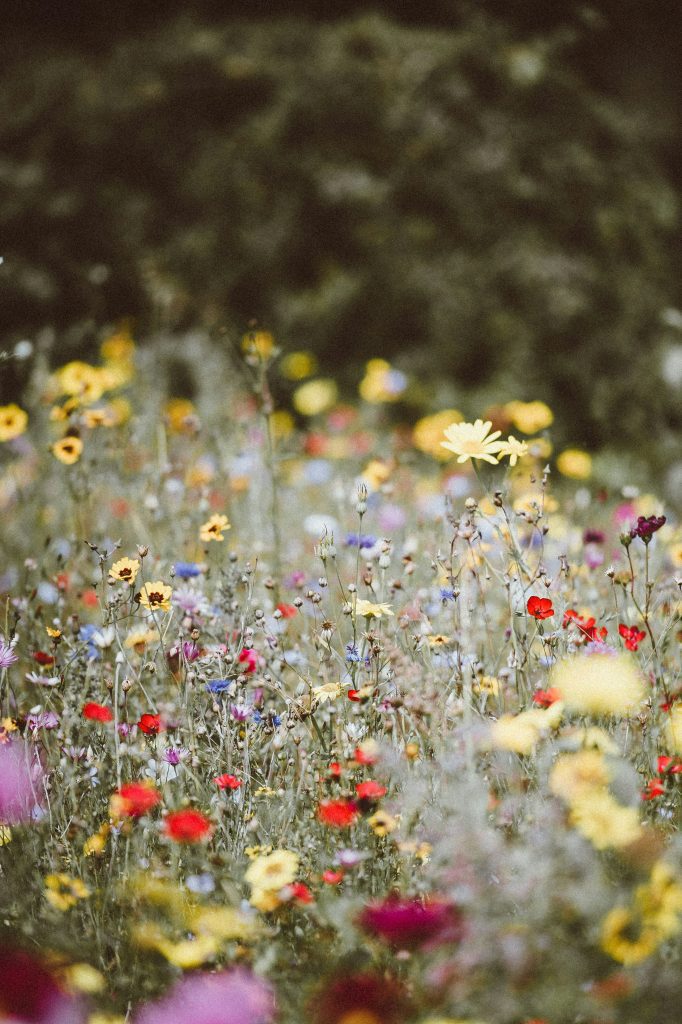Environmentally friendly gardening, also known as eco-friendly gardening or sustainable gardening, is a practice that aims to minimize the negative impact on the environment while creating and maintaining a beautiful and productive garden. It involves using methods and techniques that are in harmony with nature, promoting biodiversity, conserving resources, and reducing waste. By practising eco-friendly gardening, individuals can contribute to the preservation of the environment and create a healthier and more sustainable future.
The importance of practicing eco-friendly gardening cannot be overstated. Traditional gardening practices often involve the use of synthetic fertilizers, pesticides, and herbicides, which can have detrimental effects on the environment. These chemicals can contaminate water sources, harm beneficial insects and wildlife, and contribute to air pollution. Additionally, traditional gardening practices often require excessive water usage and contribute to soil erosion. By adopting eco-friendly gardening practices, individuals can help protect the environment, conserve resources, and create a more sustainable future.
Choosing Eco-Friendly Gardening Supplies
Eco-friendly gardening supplies are products that are designed to minimize harm to the environment. When choosing eco-friendly gardening supplies, it is important to look for products that are made from sustainable materials, are biodegradable or recyclable, and do not contain harmful chemicals. For example, instead of using plastic pots for planting, opt for biodegradable pots made from materials such as coconut coir or peat moss. These pots will break down naturally over time and can be planted directly into the ground.
When it comes to fertilizers and pesticides, choose organic options that are made from natural ingredients. Organic fertilizers are derived from plant or animal sources and release nutrients slowly over time, providing a steady supply of nutrients to plants without harming the environment. Organic pesticides are made from natural substances such as neem oil or garlic extract and are effective in controlling pests without harming beneficial insects or wildlife.
Composting: A Key to Sustainable Gardening

Composting is the process of decomposing organic materials such as kitchen scraps, yard waste, and leaves into nutrient-rich compost. Composting is a key component of sustainable gardening as it helps reduce waste, enriches the soil, and promotes healthy plant growth.
There are several benefits to composting. First, it reduces the amount of waste that goes to landfills, which helps reduce greenhouse gas emissions and conserves landfill space. Second, composting enriches the soil by adding organic matter, improving soil structure, and increasing its ability to retain moisture. This results in healthier plants that are more resistant to pests and diseases. Finally, composting reduces the need for synthetic fertilizers, which can be harmful to the environment.
Starting a compost pile at home is relatively easy. Begin by collecting kitchen scraps such as fruit and vegetable peels, coffee grounds, and eggshells. Avoid adding meat, dairy products, or oily foods as they can attract pests. Combine the kitchen scraps with yard waste such as leaves, grass clippings, and small branches. Turn the pile regularly to aerate it and speed up the decomposition process. Over time, the organic materials will break down into nutrient-rich compost that can be used to fertilize plants.
Water Conservation in the Garden
| Water Conservation in the Garden | Metric | Description |
|---|---|---|
| Water Usage | Watering Frequency | The number of times per week the garden is watered |
| Watering Duration | The length of time the garden is watered each time | |
| Watering Method | The method used to water the garden (e.g. drip irrigation, sprinklers, hand watering) | |
| Rainwater Harvesting | Collection Area | The size of the area used to collect rainwater |
| Storage Capacity | The amount of rainwater that can be stored for later use | |
| Plant Selection | Drought Tolerance | The ability of plants to survive with minimal watering |
Water conservation is an important aspect of eco-friendly gardening. By conserving water in the garden, individuals can reduce their water usage and help protect this valuable resource.
There are several ways to conserve water in the garden. First, choose plants that are native or well-adapted to your region’s climate. These plants are more likely to thrive with minimal watering and require less maintenance overall. Second, mulch around plants to help retain moisture in the soil and prevent evaporation. Organic mulches such as wood chips or straw are effective at conserving water and also provide additional benefits such as weed suppression and soil insulation. Third, water plants deeply and infrequently rather than shallowly and frequently. This encourages plants to develop deep root systems, which are more efficient at accessing water from the soil. Finally, consider installing a rainwater harvesting system to collect and store rainwater for use in the garden. This can be as simple as placing a rain barrel under a downspout or as elaborate as installing a larger cistern system.

Organic Pest Control Methods
Organic pest control involves using natural methods to manage pests in the garden without relying on synthetic pesticides. This approach is not only safer for the environment but also promotes biodiversity and protects beneficial insects.
There are several benefits to using organic pest control methods. First, organic pest control methods are less harmful to the environment. Synthetic pesticides can contaminate water sources, harm beneficial insects and wildlife, and contribute to air pollution. Organic pest control methods, on the other hand, use natural substances such as neem oil, garlic extract, or insecticidal soap that are safe for humans, pets, and the environment.
Second, organic pest control methods promote biodiversity in the garden. Beneficial insects such as ladybugs, lacewings, and parasitic wasps help control pests naturally by preying on them or laying eggs on them. By avoiding the use of synthetic pesticides, these beneficial insects can thrive and keep pest populations in check.
There are several organic pest control methods that can be used in the garden. One method is companion planting, which involves planting certain plants together to repel pests or attract beneficial insects. For example, planting marigolds around vegetable plants can help repel aphids and other pests. Another method is handpicking pests off plants or using physical barriers such as row covers or netting to protect plants from pests. Additionally, homemade sprays made from natural ingredients such as garlic or hot pepper can be effective in repelling pests.
Planting Native Species for Biodiversity

Planting native species in the garden is an important way to promote biodiversity and support local ecosystems. Native species are plants that have evolved in a specific region over thousands of years and are well-adapted to the local climate, soil conditions, and wildlife.
There are several reasons why planting native species is important. First, native plants provide food and habitat for local wildlife, including birds, butterflies, bees, and other pollinators. By planting native species, individuals can help support these important pollinators and contribute to the overall health of the ecosystem.
Second, native plants are often more resistant to pests and diseases compared to non-native species. They have evolved alongside local insects and wildlife and have developed natural defences against them. This means that native plants require less maintenance and are less likely to require synthetic pesticides or fertilizers.
Some examples of native species that can be planted in the garden include milkweed for monarch butterflies, coneflowers for bees, and oak trees for birds. It is important to research which native species are appropriate for your region and growing conditions before planting.
Reducing Carbon Footprint in the Garden
Reducing carbon footprint in the garden involves minimizing greenhouse gas emissions associated with gardening activities. Greenhouse gases such as carbon dioxide contribute to climate change and global warming.
There are several ways to reduce carbon footprint in the garden. First, minimize the use of fossil fuels by using manual tools instead of gas-powered ones. For example, use a push mower instead of a gas-powered lawn mower or use hand tools instead of power tools for gardening tasks.
Second, reduce water usage by implementing water conservation techniques such as mulching, watering deeply and infrequently, and using rainwater harvesting systems. This reduces the energy required to pump and treat water.
Third, avoid using synthetic fertilizers and pesticides that are derived from fossil fuels. Instead, opt for organic alternatives that are made from natural ingredients.
Finally, consider planting trees and shrubs in the garden. Trees absorb carbon dioxide from the atmosphere and store it in their biomass, helping to mitigate climate change.
Sustainable Lawn Care Practices
Sustainable lawn care practices involve maintaining a healthy and beautiful lawn while minimizing the use of resources and reducing environmental impact.
There are several benefits to adopting sustainable lawn care practices. First, sustainable lawn care practices reduce water usage. By following water conservation techniques such as watering deeply and infrequently and using rainwater harvesting systems, individuals can reduce their water consumption and help protect this valuable resource.
Second, sustainable lawn care practices reduce the need for synthetic fertilizers and pesticides. By using organic fertilizers and practicing organic pest control methods, individuals can create a healthy and resilient lawn without harming the environment.
Third, sustainable lawn care practices promote biodiversity. By planting native species in the lawn or creating wildflower meadows, individuals can provide habitat for pollinators and other wildlife.
Some examples of sustainable lawn care practices include mowing at a higher height to promote deep root growth, leaving grass clippings on the lawn to provide natural fertilizer, and aerating the soil to improve water infiltration.
Using Renewable Energy in the Garden
Using renewable energy in the garden involves harnessing natural sources of energy such as solar or wind power to meet gardening needs. Renewable energy sources are clean, abundant, and do not contribute to greenhouse gas emissions.
There are several benefits to using renewable energy in the garden. First, renewable energy reduces reliance on fossil fuels and helps mitigate climate change. Fossil fuels such as coal or natural gas are finite resources that contribute to greenhouse gas emissions when burned for energy. Renewable energy sources such as solar or wind power, on the other hand, are abundant and do not produce greenhouse gas emissions during operation.
Second, using renewable energy can save money in the long run. While the initial investment in renewable energy systems such as solar panels or wind turbines may be higher, the long-term savings on energy bills can offset these costs.
Some examples of using renewable energy in the garden include installing solar panels to power garden lights or irrigation systems, using solar-powered water features, or using a wind turbine to generate electricity.
Recycling and Upcycling in Gardening

Recycling and upcycling in gardening involves repurposing materials that would otherwise be discarded to create useful and beautiful garden features. This not only reduces waste but also promotes creativity and resourcefulness.
There are several benefits to recycling and upcycling in gardening. First, it reduces waste and conserves resources. By repurposing materials such as old pallets, tyres, or containers, individuals can divert these items from landfills and give them a new life in the garden.
Second, recycling and upcycling can save money. Instead of purchasing new garden features or containers, individuals can create their own using materials they already have on hand.
Some examples of recycling and upcycling in gardening include using old pallets to create vertical gardens or raised beds, repurposing old tyres as planters, or turning old containers into decorative planters.
In conclusion, environmentally friendly gardening is a practice that aims to minimize harm to the environment while creating and maintaining a beautiful and productive garden. By choosing eco-friendly gardening supplies, composting, conserving water, using organic pest control methods, planting native species, reducing carbon footprint, practising sustainable lawn care, using renewable energy, and recycling and upcycling in gardening, individuals can contribute to the preservation of the environment and create a healthier and more sustainable future. It is important for everyone to take action and start implementing eco-friendly gardening practices to protect the environment for future generations.
If you’re passionate about environmentally friendly gardening, you’ll love this article on Eco Friendly Home and Garden. It provides 10 essential tips for cultivating a sustainable and eco-friendly garden. From composting and water conservation to using organic fertilizers and attracting beneficial insects, this article covers all the bases for creating a green and thriving garden. Check it out here to learn how to make your garden more eco-friendly.
FAQs
What is environmentally friendly gardening?
Environmentally friendly gardening is a method of gardening that focuses on reducing the negative impact on the environment. It involves using sustainable practices that promote biodiversity, conserve natural resources, and minimize pollution.
What are the benefits of environmentally friendly gardening?
Environmentally friendly gardening has numerous benefits, including reducing water usage, improving soil health, promoting biodiversity, reducing pollution, and conserving natural resources. It also helps to create a healthier and more sustainable environment for plants, animals, and humans.
What are some environmentally friendly gardening practices?
Some environmentally friendly gardening practices include using organic fertilizers, composting, using native plants, reducing water usage, using natural pest control methods, and reducing the use of chemicals and pesticides.
How can I reduce water usage in my garden?
You can reduce water usage in your garden by using drought-tolerant plants, mulching, watering early in the morning or late in the evening, using a drip irrigation system, and collecting rainwater.
What are some natural pest control methods?
Some natural pest control methods include using companion planting, introducing beneficial insects, using neem oil or insecticidal soap, and handpicking pests.
What are some examples of native plants?
Native plants are plants that are indigenous to a particular region. Some examples of native plants in North America include milkweed, coneflower, black-eyed Susan, and goldenrod.


